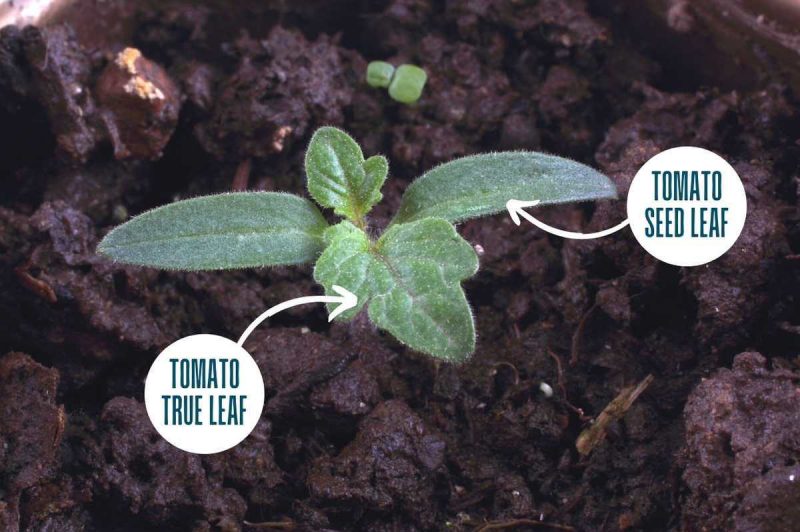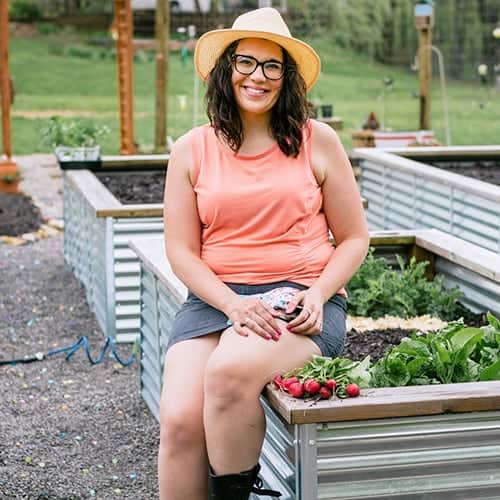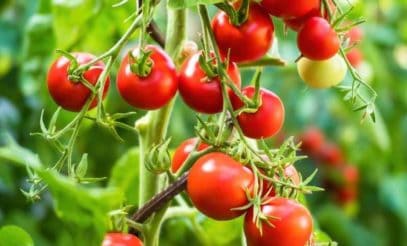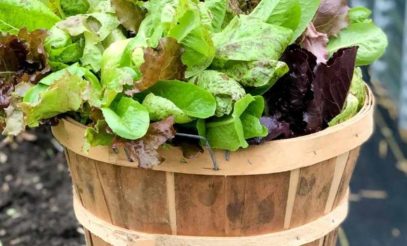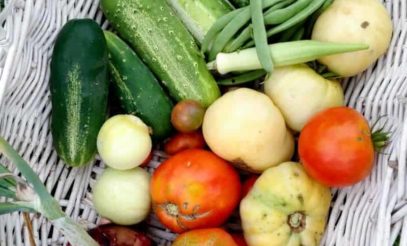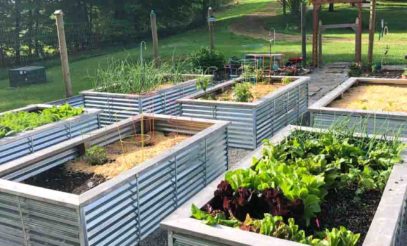When you are learning to care for vegetable seedlings, many times you’ll read instructions that say something like “after true leaves appear” or “after you see four sets of true leaves.” If you’re new to starting seedlings, you might not know what that even means!
We’re here to help you learn the difference between seed leaves (cotyledons) and true leaves—and why it’s important! Let’s get started.
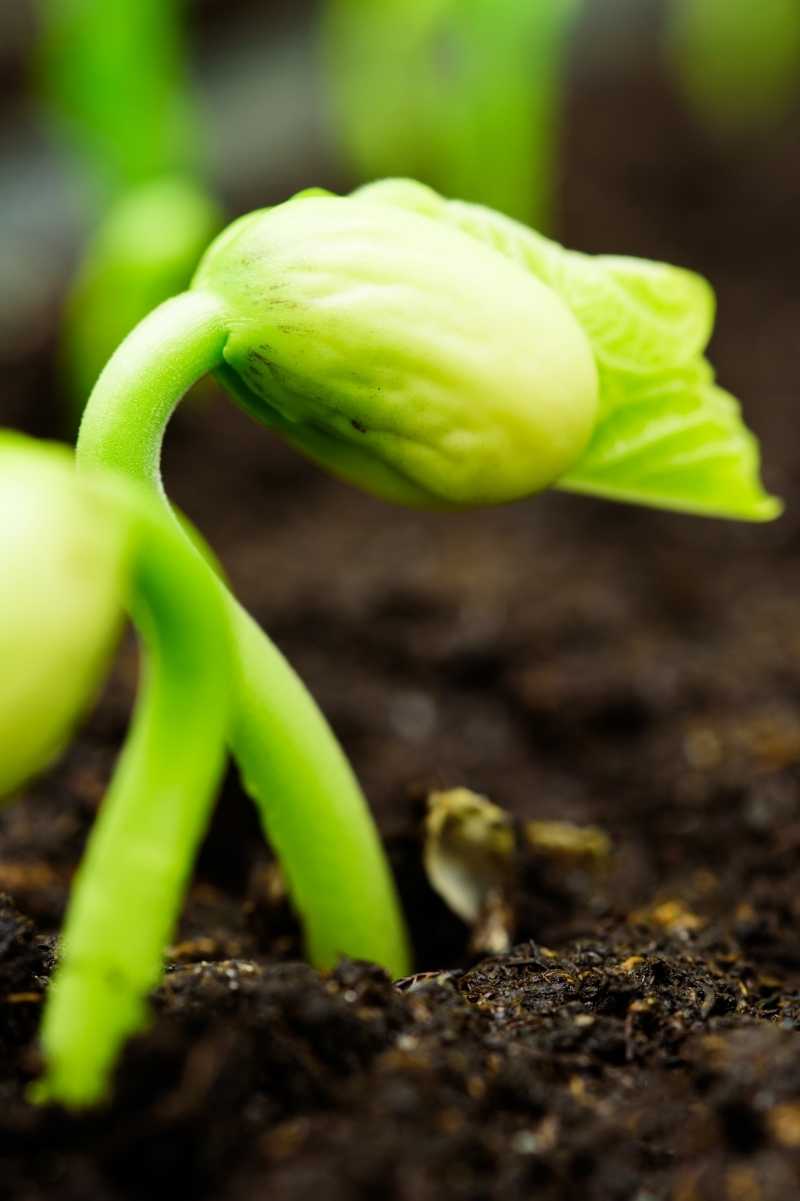

Table of Contents
What are cotyledons?
Cotyledons, or seed leaves, are the first set of leaves that you’ll see after your seed germinates. They are part of the seed itself and appear when the seed sprouts. In some plants they are long and narrow, in others (particularly brassicas like broccoli, kale, and kohlrabi) they are heart-shaped. As the plant grows, the seed leaves eventually fall off.
Cotyledons are split into two types: dicotyledons (dicot) and monocotyledon (monocot). Plants that have two seed leaves emerge are dicots, plants that have just a single seed leaf are monocots.
Growfully Protip
Corn and onions are monocots. Many other edibles (tomatoes, peppers, basil, beans) are dicots.

What are the seed leaves for?
The seed leaves are the part of the plant embryo that stores food for the seedling until the true leaves are established enough to perform photosynthesis. At this point, the plant can sustain itself—the seed leaves are no longer needed, and will eventually fall off.
What are true leaves?
True leaves come after seed leaves. Whereas there will only be one set of seed leaves throughout the plant’s life, new true leaves will grow for as long as the plant is growing.
The first few sets of true leaves will be the same shape as the adult foliage, just baby-sized. As the plant grows, it will put out larger leaves.
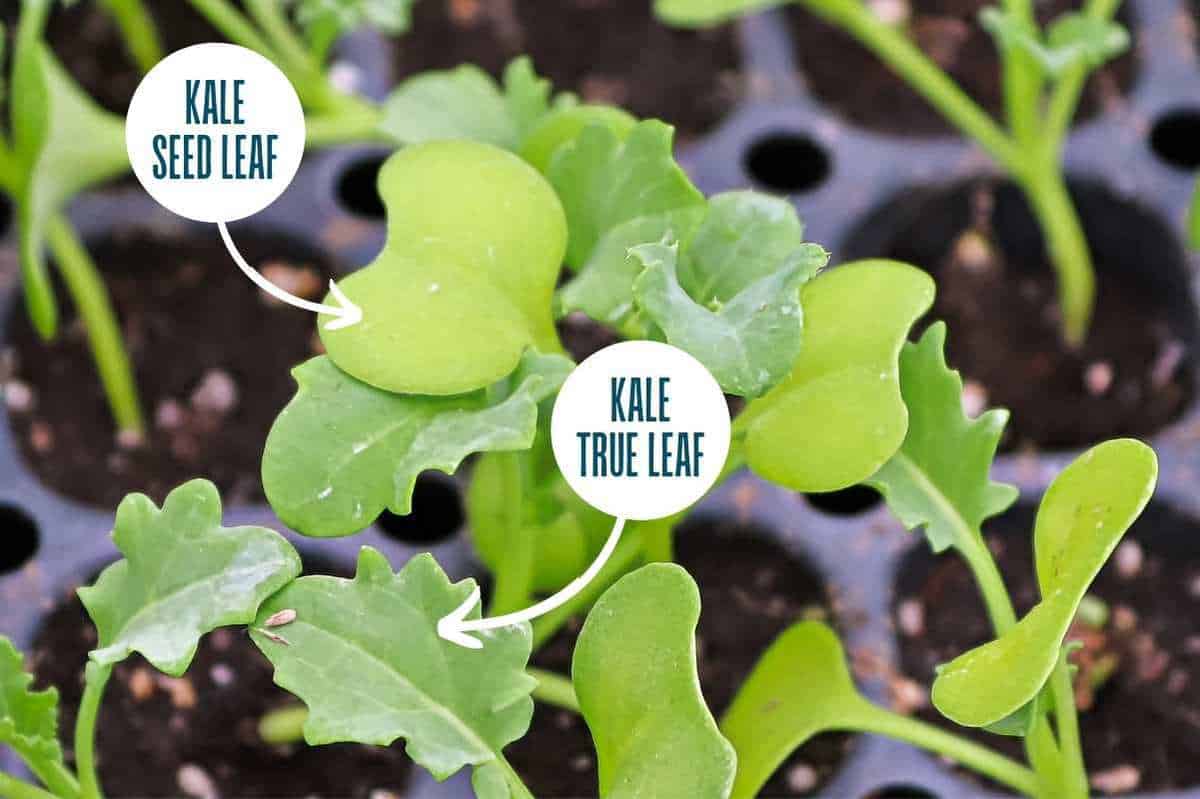
What is the function of the true leaves?
The true leaves provide fuel and energy to the plant via photosynthesis. They absorb nutrients and water to keep the plant healthy and happy.
How can you tell a true leaf from a seed leaf?
The seed leaves will be the first leaves you see, and will generally be smooth and rounded or narrow. There will only be one set of (for dicots) or one single (for monocots) seed leaves.
Some plants, like peas, have hypogeal germination, which means the seed leaves appear below the soil—so you might not see any leaves above soil until the true leaves appear.
The true leaves come out next, and they will look like a smaller version of the plant leaves.
Growfully Protip
Sometimes you’ll see a seed coating still on the seed leaves leftover from germination.

How long before true leaves appear?
Usually, true leaves will appear one to three weeks after germination. This time will vary based on the kind of plant and the growing conditions, including light and water.
Growfully Protip
True leaves are normally measured in “sets.” So if you have “one set of true leaves,” that’s two leaves. If you have “two sets of true leaves” that’s two pairs of leaves, or four leaves, total.
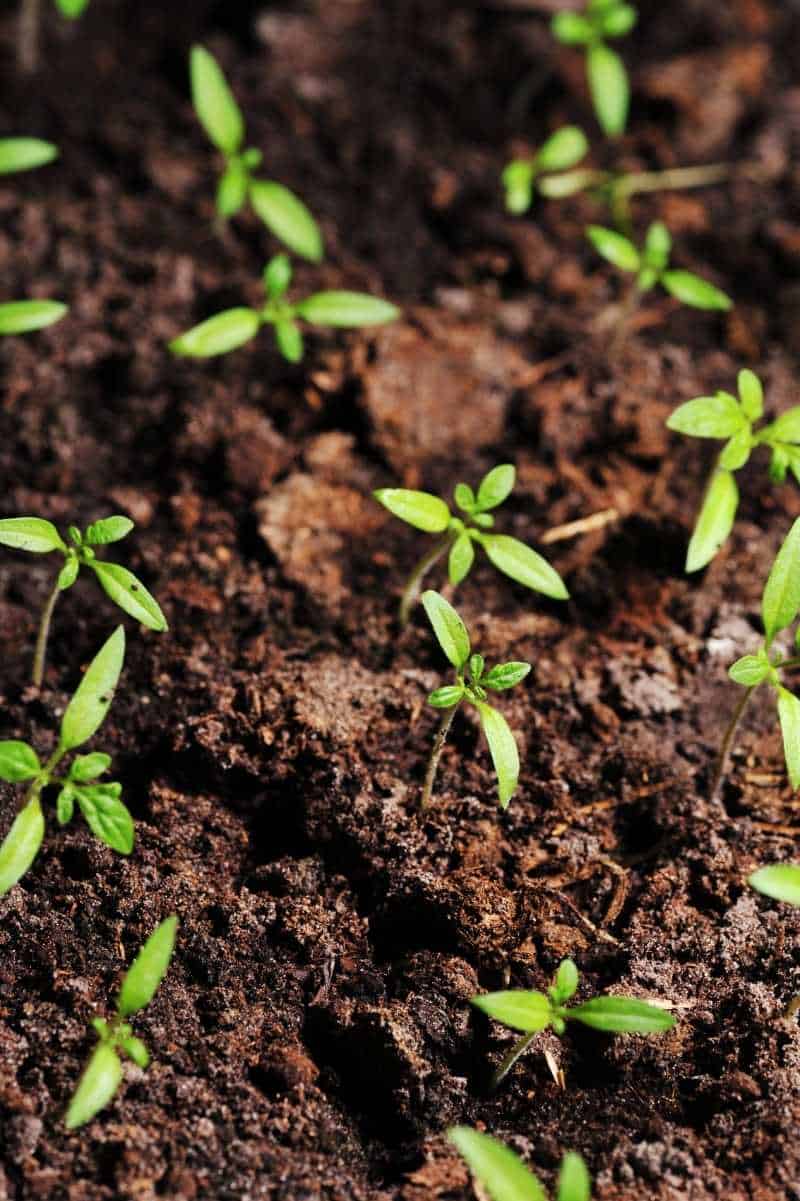
What do I need to do once true leaves appear?
Once the true leaves appear, you may start thinning seedlings. To thin seedlings, we recommend using a small pair of scissors or snips to trim out all the weakest seedlings except one—this keeps the roots safe on your baby plants.
You can also start regularly fertilizing seedlings once a plant has one set of true leaves. We like to use liquid fish emulsion and liquid kelp, diluted down to about a quarter strength of what is listed on the bottle.
After a plant has four or more sets of true leaves, you can pot-up some seedlings to larger pots to encourage more robust growth. The best candidates for transplanting into larger pots are tomatoes, peppers, and eggplants. These nightshades all have the ability to grow adventitious roots along their stem when in contact with soil, so we recommend potting them and burying the stem up to the bottom set of true leaves. This creates a robust root system and a strong stem. We like to pot up tomatoes, peppers, and eggplants 2 to 3 times before transplanting them out into the garden.
Some quick-growing plants like melons, cucumbers, and other cucurbits can be transplanted into the garden once one or two sets of seed leaves appear.

